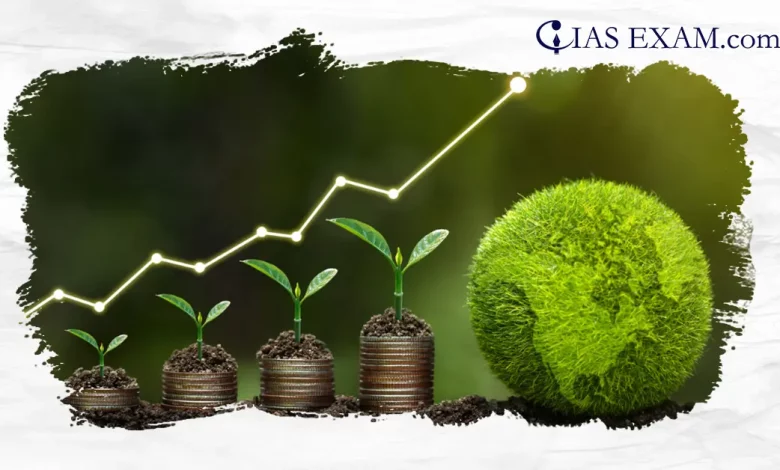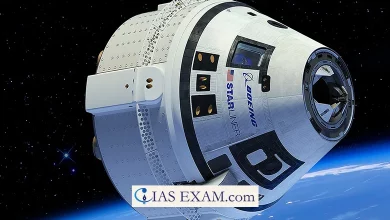Daily Current Affairs for UPSC
Sustainable Developments in Science needs Sustainable Funds
Syllabus: Science & Technology [GS Paper – 3]

Context
Recently, on 28th February 2024, it was the National Science Day. On this Day, the theme was “Science for Sustainable Development”. So, catering to this theme the requirement generated is sustainable funding.
Research and Development Sector of India – Spending & Utilisation Pattern
- The force is still very much the same with India’s peace budget, which is now down to 0.64 percent of its GDP from 0.8 in 2008-09 and 0.7 in 2017-18. This decrease is worrying since State organisations have called for a doubling of this outlay.
- India’s funding of fundamental research is among the lowest globally, until now it is responsible for just a few optical train projects in collaboration with US institutes.
- The Science, Technology, and Innovation Policy of 2013 sought to raise the GERD to 2% of GDP. This goal was reaffirmed in the Economic Survey 2017-2018.
- India should increase its spending on research and development, aiming to allocate 1-3% of its GDP annually until 2047. This is necessary for meaningful development outcomes, since at present India falls behind countries like the US and UK in R&D investment.
- The lack of coordination between government agencies and the need for stronger political will to prioritise R&D spending may be reasons that India spends less in this area.
- The Ministry of Science and Technology and the Department of Biotechnology did not spend their allotted budgets in full during 2022-2023.
- The Department of Scientific and Industrial Research also had funds under-utilised, though it received the least amount of funding. This sort of under-expenditure appears year after year. It will not be confined to one Ministry of Science. If all the money is not properly used, then the impact on China’s scientific research and development will be considerable.
- The reasons for it are not clear but may be because of administrative procedures, the lack to assess effectiveness of projects, having no priority for science funding and plans which lack good execution strategies.
- The problem is worsened by grants and several months’ salary payments not being made on time. It might be useful to increase the capability of agencies in these areas.
Comparison between Public Sector and Private Sector
- The insufficient present investment in research and development in India (which is largely based on government funds) shows that our country has not yet grown up: a financing system as weak as its own domestic market.
- In 2020-2021, the private sector financed 36.4% of R&D. The Union Government covered 43.7%, and major contributors spread across state governments, higher education and public sectors.
- In economically developed countries, 70% of R&D funding normally comes from the private sector.
- In India, private sector funding may be held back by difficulties in assessing R&D projects, distinctions between regulatory frameworks, little scope for investors to exit projects successfully and concerns about intellectual property theft.
- The whole amount of R&D funding and its sources must be examined if India is to reach her target of becoming a developed country by 2047.
Conclusion
- To drive scientific progress, a dependable and consistent funding system is needed. Consistent flows of finance are essential for any successful and long-term scientific research or innovation. This also underlines how important it is to have a mix of funding sources, such as government funding, enterprise investment or international collaboration.
- Finance sustainably provided will not only stick to carrying out the current round of research but also is able to invest in new scientific fields urgently needed for coping with global challenges. Achieving sustainable solutions in science is a long-term project, which calls for how to strike a balance between immediate research needs and future goals with financial strategies. At last, the development and influence of science in providing sustainable development both rests heavily upon the reliability of the mechanisms by which its funding is supplied.
Source: The Hindu
UPSC Mains Practice Questions
Q.Critically comment on the theme “Science for Sustainable Development” and through light on the aspects of it which paves the way for the requirement of sustainable fund requirement for sustainable science.





.png)



